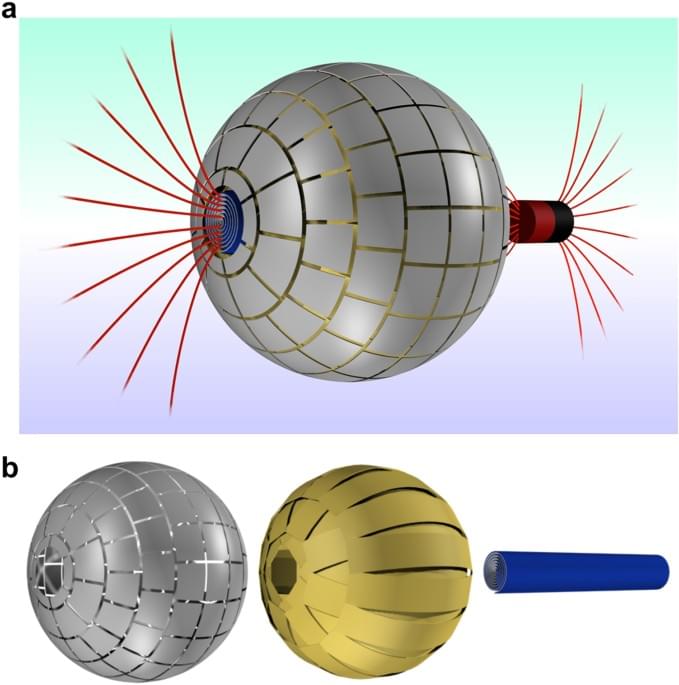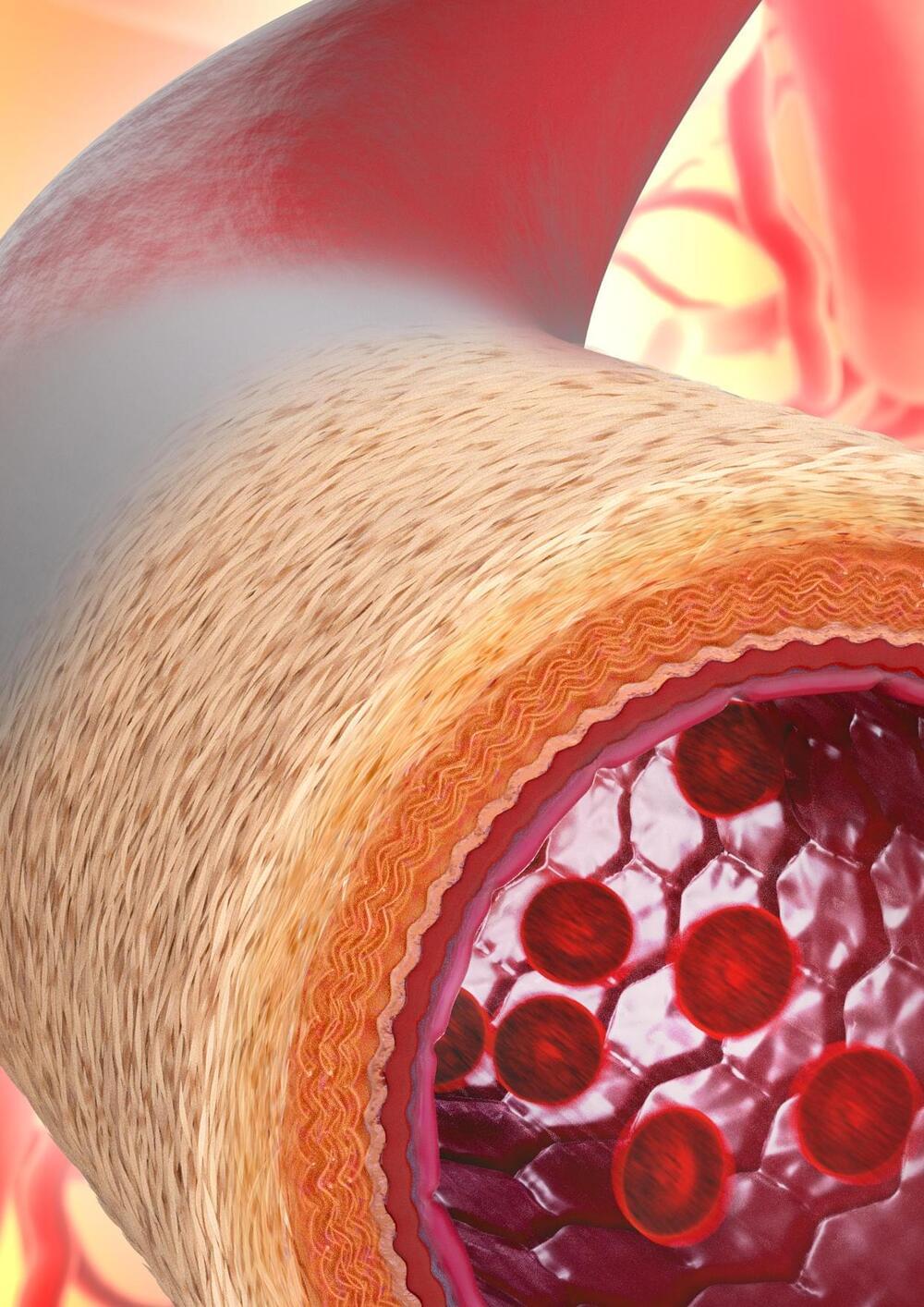The new type of home could address housing shortages.
On Monday, the University of Maine Advanced Structures and Composites Center (ASCC) unveiled the first 3D-printed house made entirely out of bio-based materials called BioHome3D, according to a press release by the institution.
Fully recyclable and highly insulated
The new structure consists of a 600-square-foot prototype featuring 3D-printed floors and walls as well as a roof made of wood fibers and bio-resins. The house is fully recyclable and highly insulated and its development produced a limited amount of waste due to the precision of the printing process.








